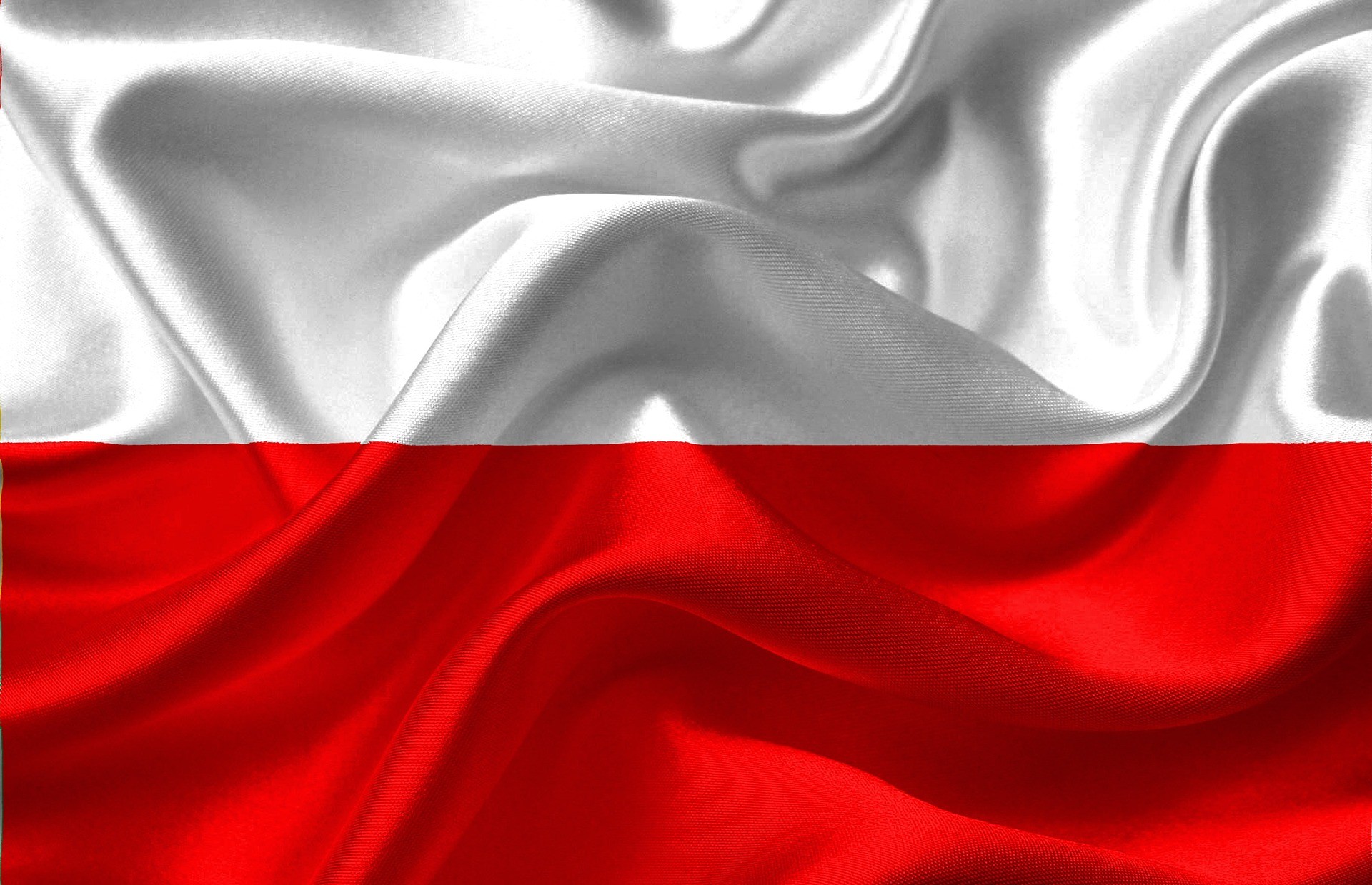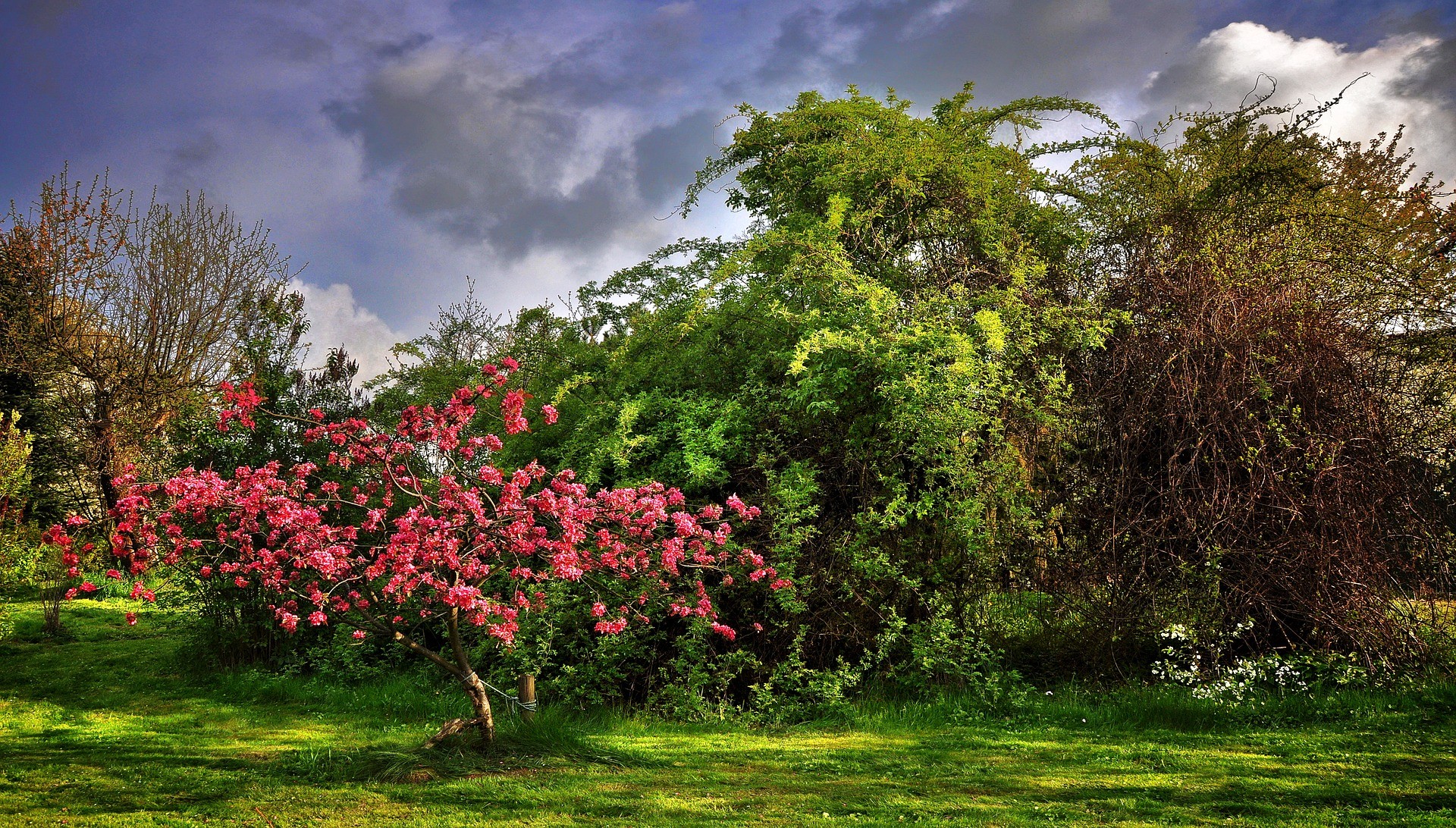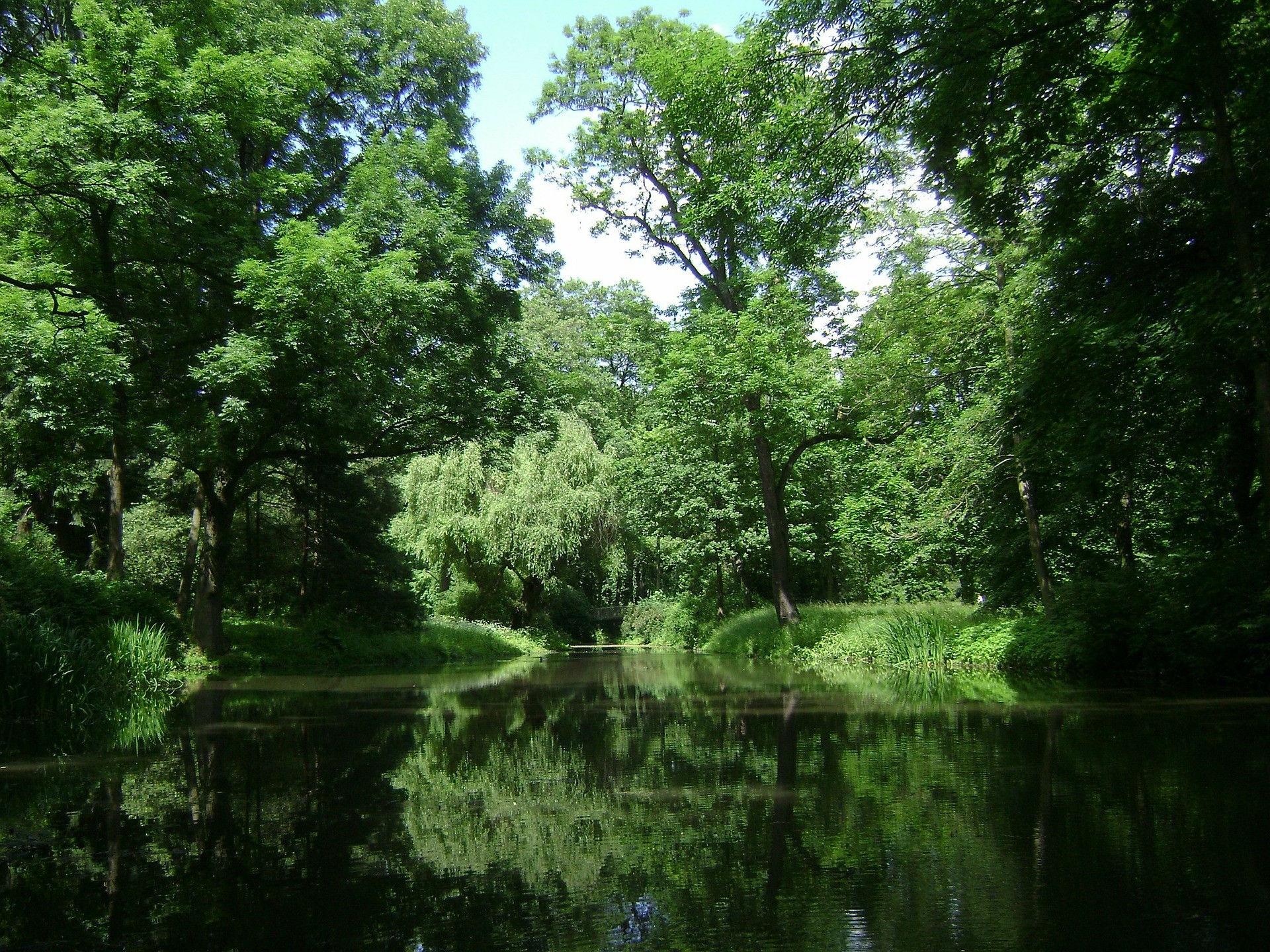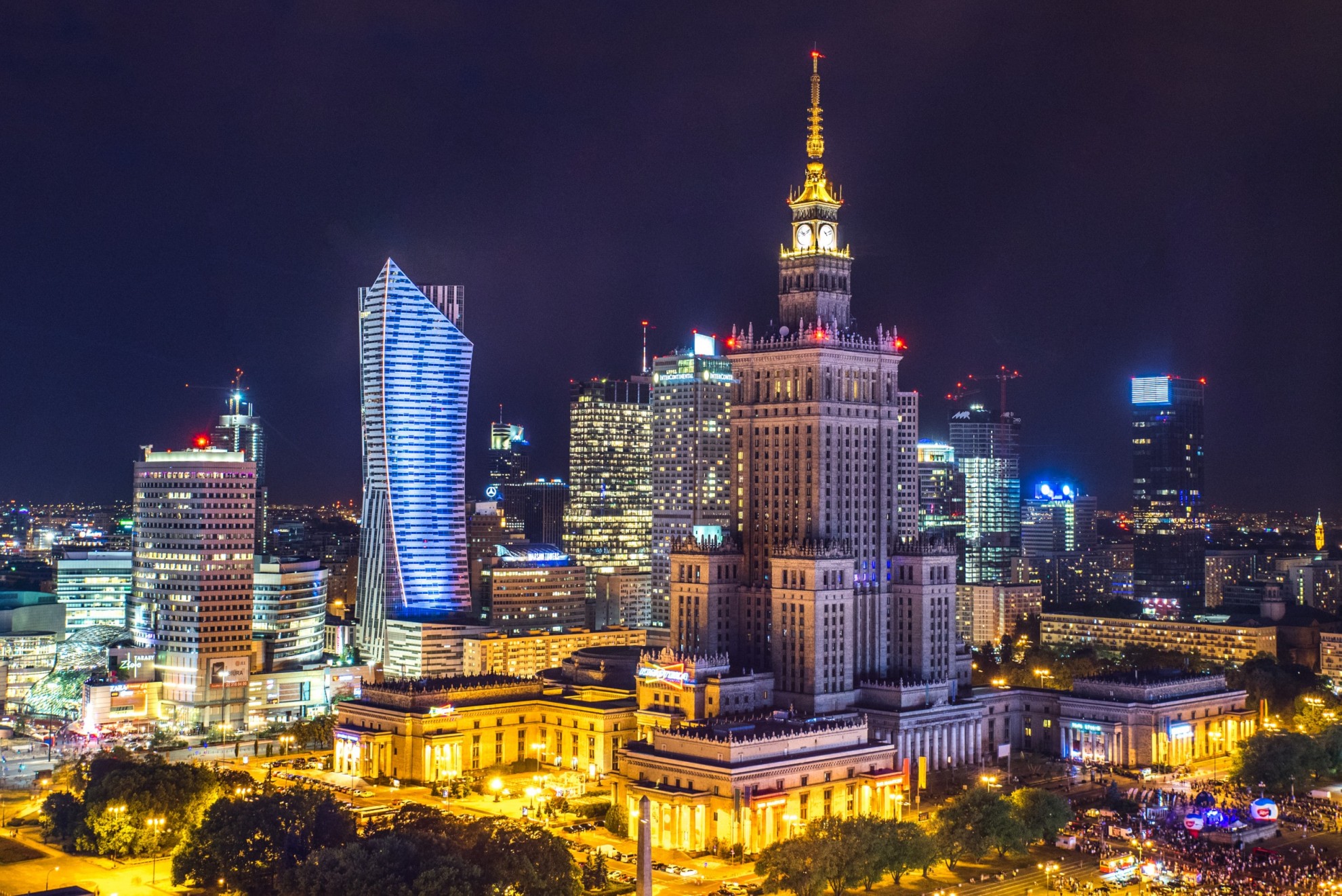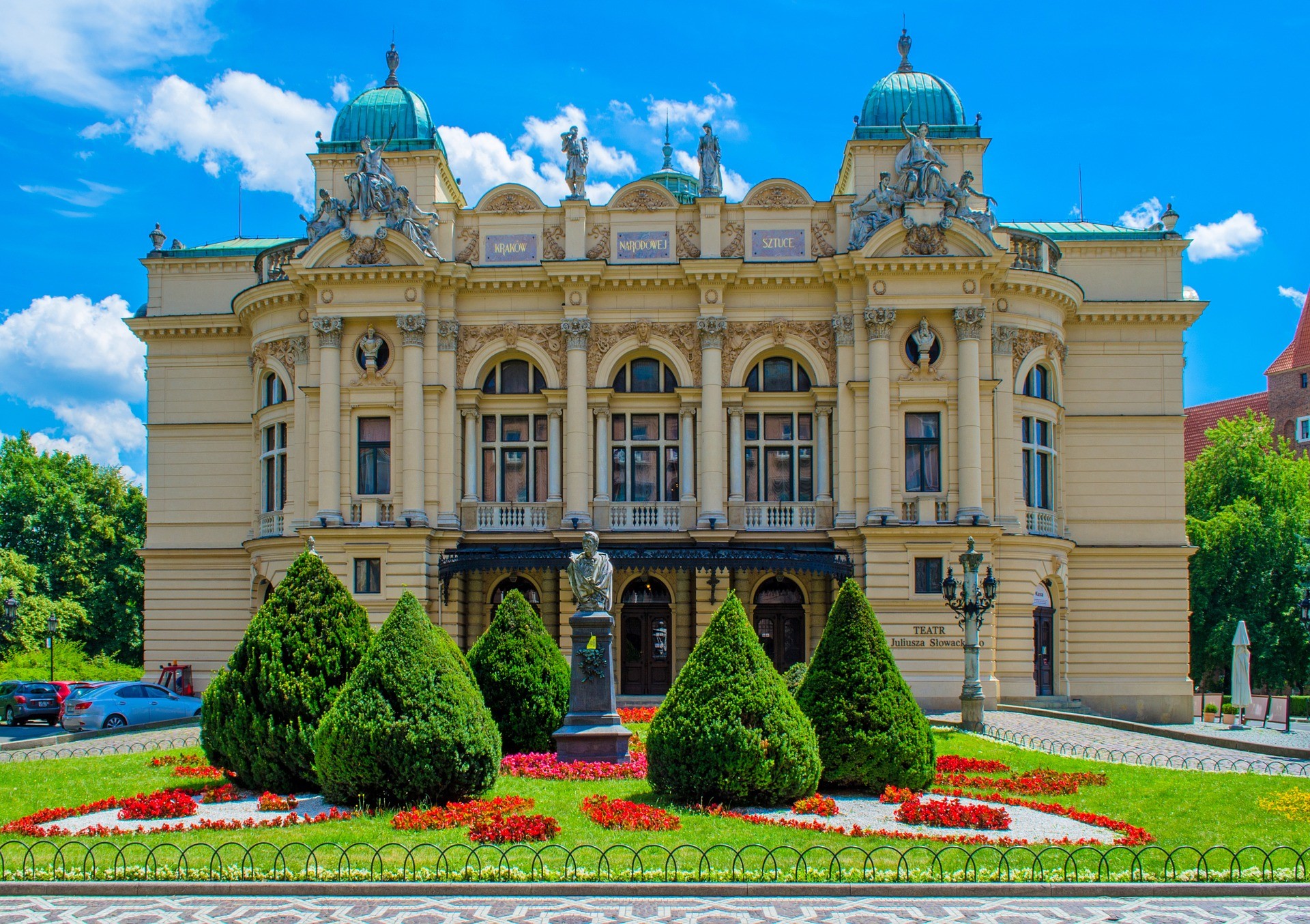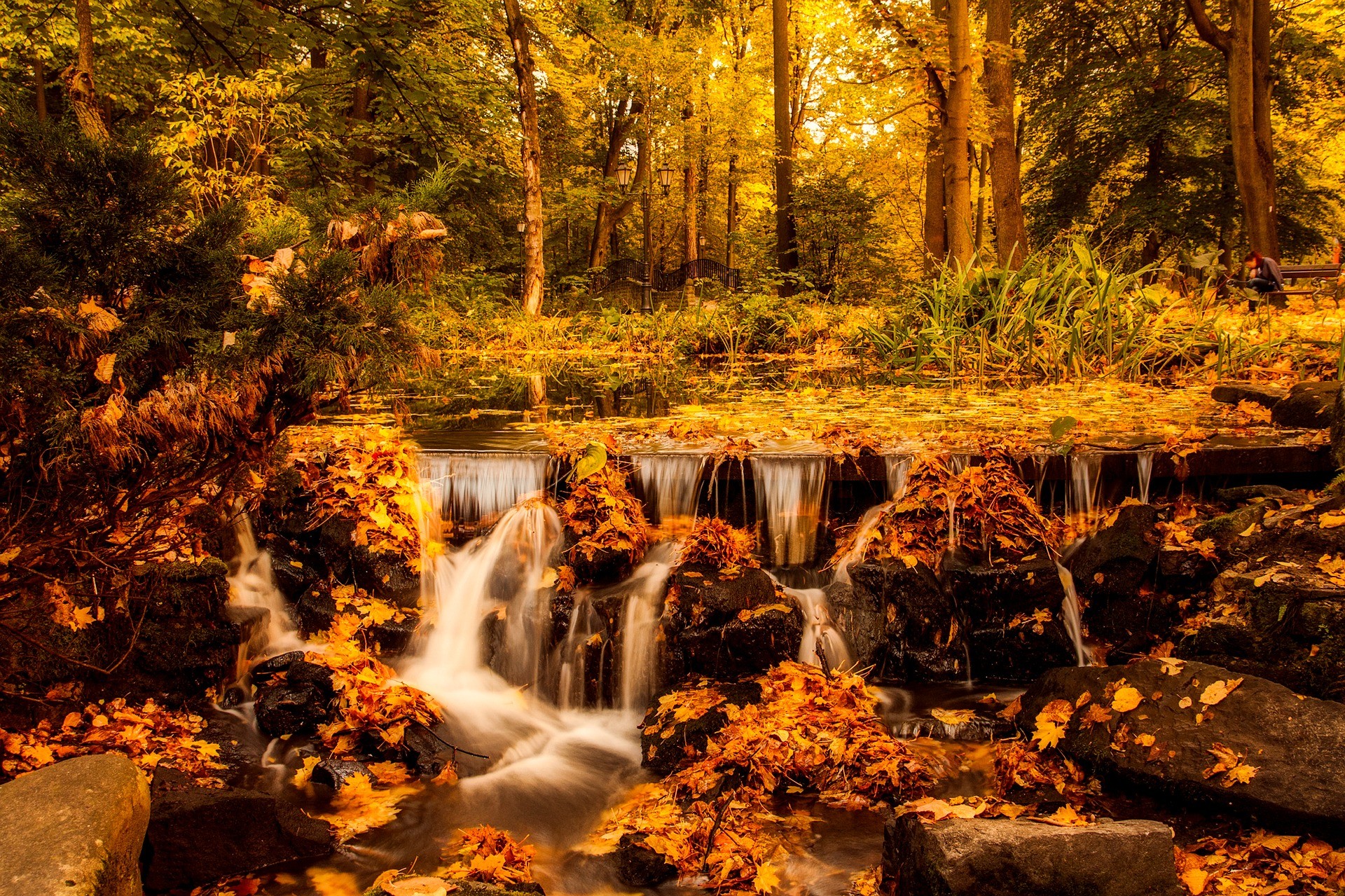Poland
Poland
Capital city description
Warsaw is Poland's capital and the largest city in the country. This city is centered in the eastern region of Poland by the banks of the Vistula River. It houses crucial offices from President to Parliament and the Supreme Court. Apart from being the country's capital, Warsaw played an essential role as the hub country's largest industry, trade, culture, communication, transportation, and Catholic Archdiocese of Warsaw.
Warsaw is known as a famous tourist destination in Poland. Some prominent highlights are the Palace of Culture and Science, Old Town, and Royal Castle.
Climate
Poland's climate is continental, with freezing winters, often below freezing (0 °C or 32 °F), and warm summers. The weather is milder along the northern coast, overlooking the Baltic Sea, while it becomes progressively more continental going to the south, where the distance from the sea is greater.
Spring: March to May
Summer: June to August
Autumn: September to November
Winter: December to February
Languages spoken
Poland's official and primary language is Polish, spoken by almost 97% of Poland's population.
Fun/Fascinating Facts
- Poland had an amazing upside-down house in the world. The topsy-turvy wooden house was built the wrong way up in a forest, and it looks like something out of a fairytale. Visitors have to enter the house through the attic windows and stroll through the furnished interior, reminiscent of Communist Poland during the 1970s to symbolize how the Communist rule turned life upside down in Poland.
- The head of the Catholic Church was born in Poland. Pope John Paul II, the former head of the Catholic Church, was Polish. His name was Karol Wojtyła, and he was born in 1920 in the town of Wadowice.
- Higher education in Poland is free for Polish citizens. International students usually have to pay very low tuition to study in Poland.
- Picking wild mushrooms at the end of summer is a widespread family activity for Poles. You will find the hillsides lined with people hunting for wild mushrooms during certain seasons. This activity teaches children to differentiate between edible and poisonous mushrooms.
- Poland is home to the ancient restaurant in Europe. Head to the city of Wrocław in Poland, and you’ll find “Piwnica Swidnicka,” the oldest restaurant in Europe. It was opened back in 1275, and you can still enjoy a delicious meal there today.
Unique Customs/Traditions
- New Year's Eve in Poland's major cities is celebrated through a formal ball. Some of them have a long-lasting tradition, such as the one sponsored by the Warsaw Philharmonic Society and the ball at the castle in Golub-Dobrzyn. This New Year's Eve ball always begins with a polonaise, an elegant court dance. One significant highlight of New Year's Day was bread baking. Animals were shaped from dough—sheep, rabbits, geese, cows, and birds. In some areas of Poland, paczki or donuts were baked to assure wealth for the coming year. Bread in the shapes of a ring or a cross were hidden at the dinner table and used for fortune-telling. If someone found a ring, marriage awaited; a cross—entry into the clergy.
- Polish traditionally celebrate the drowning of Marzanna during the first day of spring as part of their sacrifice. Marzanna was a Slavic goddess associated with death, cold winters, and nature. During the event, locals made an effigy of Marzanna. The image is usually made from straw, with white clothing and added color. The Marzanna doll is dropped into the river and floats downstream. To ensure you avoid bad luck, you must be careful not to touch the Marzanna doll while she is in the water. You must also not look back towards where the Marzanna doll is on the way back, as this is believed to cause illness or disease.
- One of the old Polish traditions that have existed for generations is the crazy "Wet Monday" On this particular Monday morning, boys all over the country sneak into the girls' bedrooms and wake them up by pouring water on them. The girls who end up the wettest are said to be the ones who will get married first. The theme continues throughout the day, as buckets are launched at girls walking through the streets. There are special water fight events also organized on this day.
- Polish weddings include an 'after-party, which is known as Poprawiny. Poprawiny takes place the day after the wedding and is a more casual affair. Typically on this day, guests are not expected to wear formal attire; often, a fancy-dress option is suggested, and the food tends to be a more open buffet form.
- It is a Polish tradition to offer the birthday boy or girl 100 years of good wishes, good health, and long life. This tradition happens every time somebody has a birthday. Polish friends attend with a tray full of vodka shots, announcing 'Sto Lat' (100 years) before launching into the famous 'Sto Lat' song, and the birthday guy or gal is expected to raise a toast. In the bars of cities like Warsaw and Kraków, this is a regular nightly occurrence.
Popular universities
| Name | Description | |
|---|---|---|
| University of Wrocław | The University of Wrocław is a public research university located in Wrocław, Poland. The university offers around 80 bachelor’s and 60 master’s programs through its ten faculties in various fields like biotechnology, engineering, chemistry, computer science, business, political science, journalism, law, tourism, philosophy, and sociology. The medium of instruction is Polish in most programs; however, it also offers around 30 programs in English. | |
| Jagiellonian University | Founded on 12 May 1364, the Jagiellonian University is Poland's oldest higher education institution and one of the oldest in Europe. Presently, the university comprises 16 Faculties, where nearly 4 thousand academic staff conduct research and provide education to over 40 thousand students, within the framework of more than 80 different fields of study. The notable researchers and state-of-the-art infrastructure make the JU one of the leading Polish scientific institutions, collaborating with major academic centers worldwide. | |
| Vistula University | Vistula University was founded in 1992 as the second non-public university in Poland. It was established as the University of Insurance and Banking. The university offers education in various disciplines, including journalism, international relations, management, economics, graphic designing, finance, and accounting. It also provides several preparatory language, executive education, and online courses. | |
| Poznan University | Officially founded in 1955, Poznan University is one of the best technical universities in Poland, situated in Pozna, Poland. It originated from the State School of Mechanical Engineering in 1919. The university is a self-governing state institution that offers education through its ten faculties. It provides Bachelor, Master, and Doctorate programs in English and Polish. It provides over 100 specializations within its 30 areas of study. Students can choose from Architecture, Electrical Engineering, Civil and Environmental Engineering, Chemical Technology, Electronics and Telecommunications, Computing, Engineering Management, Mechanical Engineering and Management, Machines and Transportation, and Technical Physics. | |
| Wroclaw University of Science and Technology | Wroclaw University of Science and Technology is a public university in Wroclaw, Poland, established in 1945. Education is offered at 13 faculties on Bachelor and Master level and 12 research disciplines on the doctoral level. Wrocław University of Science and Technology took 3rd place among technical universities in 2021 and 6th place among all academic universities in Poland. | |
| University of Economics | The University of Economics in Katowice is a public higher education institution located in Katowice, Poland, founded in 1937. It is the biggest and oldest business school in the region and one of the top universities in Poland. The university comprises five faculties: Business, Finance and Administration, Economics, Finance and Insurance, Informatics and Communication, and Management. | |
| AGH University of Science and Technology | AGH University of Science and Technology in Krakow is a public university in Krakow, Poland, founded in 1913. The AGH University of Science and Technology in Krakow is a modern state university that collaborates with colleges and universities in Poland, Europe, and worldwide. The AGH University of Science and Technology is a modern university that focuses on creating innovative technologies. The university's research profile includes engineering disciplines, exact sciences, Earth sciences, and social sciences, emphasizing current priorities of economy and business. It comprises 16 faculties. | |
| Cracow University of Technology | The Cracow University of Technology is a public university. The Cracow University of Technology comprises eight faculties with 30 majors of study taught in Polish and 11 majors taught in English: Faculty of Architecture, Faculty of Chemical Engineering and Technology, Faculty of Civil Engineering, Faculty of Computer Science and Telecommunications, Faculty of Electrical and Computer Engineering, Faculty of Environmental and Power Engineering, Faculty of Materials Science and Physics, Faculty of Mechanical Engineering. The major in Landscape Architecture earned the accreditation of the International Federation of Landscape Architects (IFLA) Europe. Also, the majors taught by the Faculty of Civil Engineering and the Faculty of Architecture are accredited by the European Network for Accreditation of Engineering Education. Moreover, the major in Architecture is accredited by the Royal Institute of British Architects (RIBA). | |
| Gdańsk University of Technology | The Gdańsk University of Technology is a technical university in the Wrzeszcz borough of Gdańsk and one of the oldest universities in Poland. It comprises eight faculties: Faculty of Architecture, Faculty of Electronics, Telecommunications, and Informatics, Faculty of Electrical and Control Engineering, Faculty of Applied Physics and Mathematics, Faculty of Civil and Environmental Engineering, Faculty of Mechanical Engineering, Faculty of Ocean Engineering, and Ship Technology, Faculty of Management and Economics. Some degree courses and various specializations are taught in English. | |
Festivals & Events
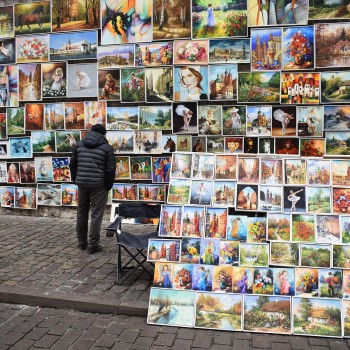
International Street Art Festival
Date: July
July’s International Street Art Festival is one of the unique celebrations in Europe. It is an international art event that has been organized in Warsaw public space since 1993.
Every year it attracts hundreds of artists and several thousand spectators from Poland and nearby countries.

Juwenalia
Date: May or June
Juwenalia is an annual holiday intended for higher students in Poland. It is celebrated every year before the students' summer exams, either in May or early June. This unique event commences with a triumphant parade of colorfully dressed students.
The parade march starts from a college's campus to the city's main square, wherein a symbolic gesture, the mayor of a city hand keys to the city's gates to the students. The three days are free from lectures and filled with concerts, parties, sports events, and beer drinking.
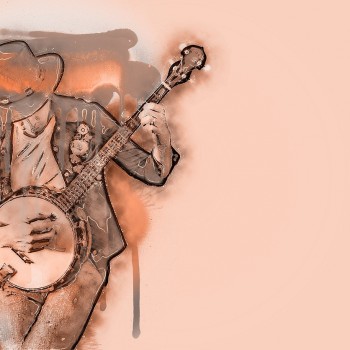
Crossroads Festival
Date: July
The Crossroads Festival is held in Krakow every year in July. The event shows a wide range of traditional and folk music from Poland and the region, attracting thousands of spectators worldwide. It is one of the most famous music events in Europe.
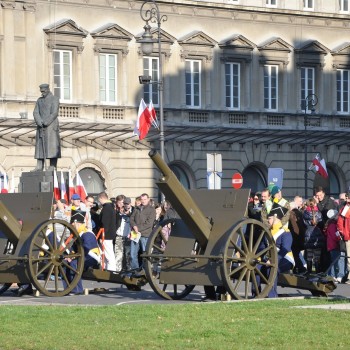
Independence Day
Date: November
Poland's Independence Day in November is the biggest and most important celebration on the Polish calendar; it is a memorial to Poland's emancipation from the Russian occupation.
Since the early 1990s, this great festival has seen the major cities and towns celebrate in their way. The highlights of this important event are celebrated in Warsaw, such as fireworks, performances, food, and rides throughout the capital.

Easter Celebration
Date: April
Easter is a prominent festival in Poland. Easter celebrations are characterized by preparing and buying different kinds of handicrafts. In Poland, Easter celebrations start about a week or ten days before Easter Sunday and end on Easter Monday.
The Krakow Easter markets offer a wide variety of colorful egg-shaped decorations made of ceramic and wooden. The rich cultural heritage of Poland is reflected in the Eastertide celebrations.
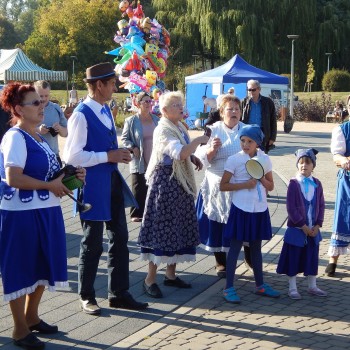
Baltic Days of Jewish Culture
Date: June
Baltic Days of Jewish Culture is an annual two-day festival of Jewish culture in Gdańsk, Poland, held at the beginning of June.
The festival has been held since 1999. Baltic Days of Jewish Culture features a wide range of art, music, cuisine, tradition, and literature. It also hosts a musical event and other exciting events.
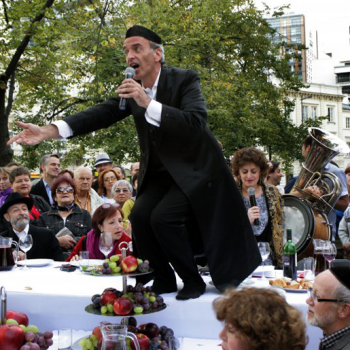
Jewish Culture Festival
Date: In summer ( date varies)
The Jewish Culture Festival is organized in Warshaw, which combines more than 200 events promoting Polish and Jewish culture, held every summer. With over 250 artists from Poland and worldwide, the Jewish culture festival is a lavish grand affair of musical and theatre genres.
The Prozna and the Synagogue Street around the concerned Grzybowski Square in Warsaw became the hub of exciting new talents in music and theatre during this festival. The festival typically lasts for 8-10 days every year. This festival is the most famous among festivals in Poland 2022.
.jpg)
Zielona Gora Wine Festival
Date: September
Zielona Gora Wine Festival is dedicated to vineyards, grapes, breweries, and wine in Zielona Gora, where the vineyards are a primary source of income for the citizens. It takes place in the first or second week of September.
The festival features folklore, music concerts, street theatre, and many others. It starts on a Saturday and lasts for nine days. It commences with a parade from the center of the concerned city; afterward, the Roman wine Gods Bacchus and Maenads are symbolically given the keys to the town.
Attractions / Top Sights
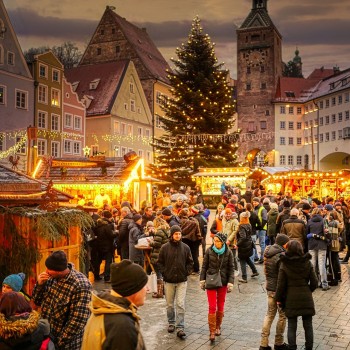
Main Market Square in Krakow
When to visit: In spring and autumn
Dates back to the 13th century, the Main Market Square in Krakow is the essential market square of the Old Town in Krakow, Poland, and a principal urban space located at the city's center. Measuring 200 meters squared (40,000 square meters), the Rynek ranks as one of the largest medieval squares in Europe and is encircled by lavish townhouses,
The center of the square is dominated by the Sukiennice, rebuilt in 1555 in the Renaissance style, topped by a stunning attic or Polish parapet decorated with carved masks. On one side of the Sukiennice is The Town Hall Tower, on the other the 10th century Church of St. Wojciech and 1898 Adam Mickiewicz Monument. Rising above the square are the Gothic towers of St. Mary's Basilica.
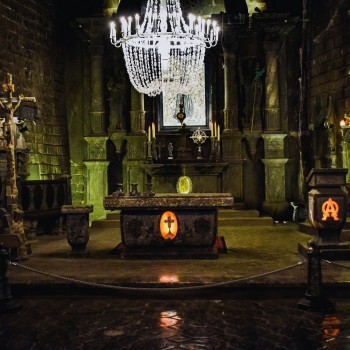
Wieliczka Salt Mine, Wieliczka
When to visit: In summer
Wieliczka Salt Mine, Wieliczka is one of the world's oldest and longest-working salt mines. It operated a commercial process from the 13th century until 1996, and it has become an artistic attraction since then.
The Wieliczka Salt Mine is now home to four chapels, corridors, and statues carved out of the rock salt walls. The mine's original shafts and passageways — some as deep as 327 meters underground — have been reopened and allow visitors to explore pits and chambers, walking past statues and alongside stunning architectural marvels.
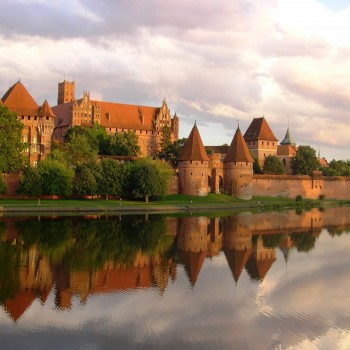
Malbork Castle,
When to visit: In spring or Autumn
The Teutonic Knights originally built this 13th-century Teutonic castle, Malbork Castle, which served as a crusading military unit. It is one of the world's largest castles by land area in Europe.
Presently, the castle serves as a museum, perfectly preserved its original rooms. Highlights include a medieval kitchen with a six-meter-wide fireplace, a collection of armor and weapons, and the knights' private toilet at the top of a tower.
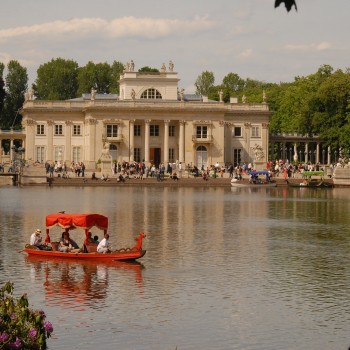
Lazienki Park
When to visit: May to September
Known as the Royal Baths, Park, Lazienki Park is the largest park in Warsaw, Poland, covering 76 hectares of the city center. It was initially designed as the bath park for the nobleman Stanisław Herakliusz Lubomirski during the 17th century. Nowadays, the Palace on the Isle is open to the public, as are its gardens, and it is one of the famous tourist sites and the most stunning park in Warsaw.
The park houses a Classical-theater isle stage, several smaller palaces and structures that now serve as museums or galleries, and even a classicist temple.

Słowiński National Park and Slowinski Sand Dunes
When to visit: In late spring and summer
Słowiński National Park boasts its moving dunes forming one of the most stunning desert landscapes in Europe. It is situated in northern Poland, the Slowinski National Park located on the coast of the Baltic Sea. It's the ideal spot for a weekend getaway in Poland, filled with beautiful dunes, scenic lakes, and many hiking paths.
The dunes are formed as waves and wind carry sand onshore and can reach as high as 30 meters. Their forms change with the season. It is sometimes called the "Polish Sahara."
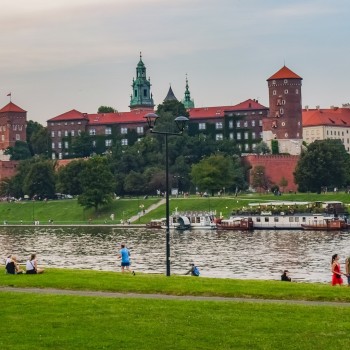
Masurian Lake District
When to visit: May to September
The Masurian Lake District comprises more than 2,000 lakes connected by an extensive system of canals and rivers. It is located in an area encompassing the lower Vistula River to the Lithuania border.
The lakes are surrounded by huge forests with landscape parks and nature reserves. It is a unique virgin nature, ideal for adherents of private and peaceful relaxation.
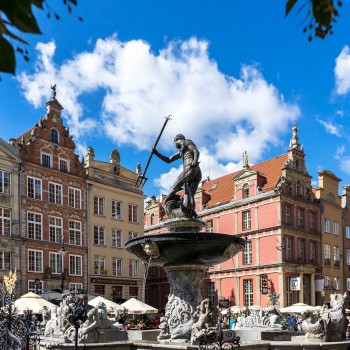
Old Town in Gdańsk
When to visit: May to September
Old Town in Gdańsk is the ancientest part that includes the most historical centers of the city, located in the northern part of the Śródmieście district (city center). It houses a long occupation by 14th century Teutonic Knights whose fortresses contrasted strongly with the Old town.
The city offers many beautiful places such as museums, restaurants, cafés, shopfronts, and exciting activities.















